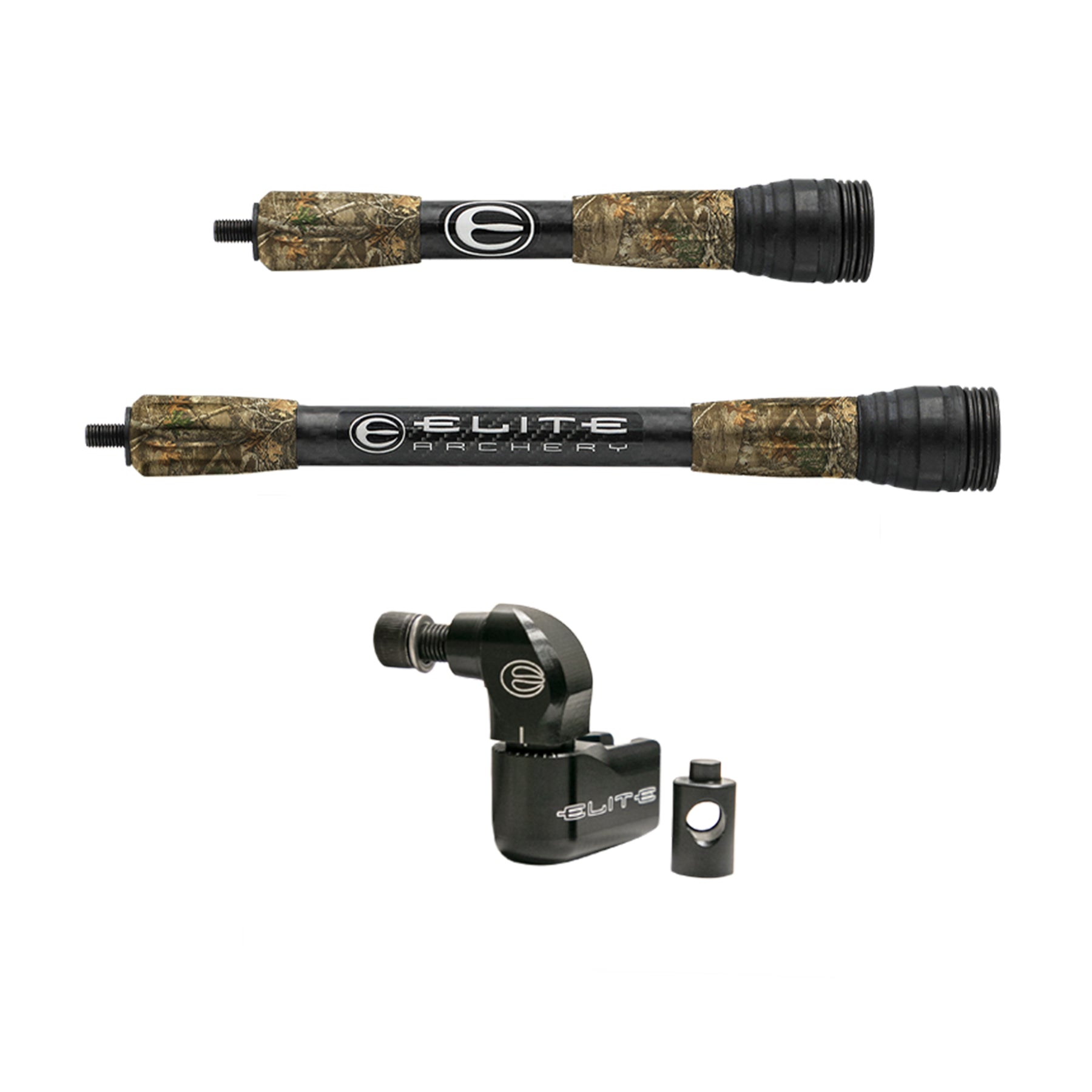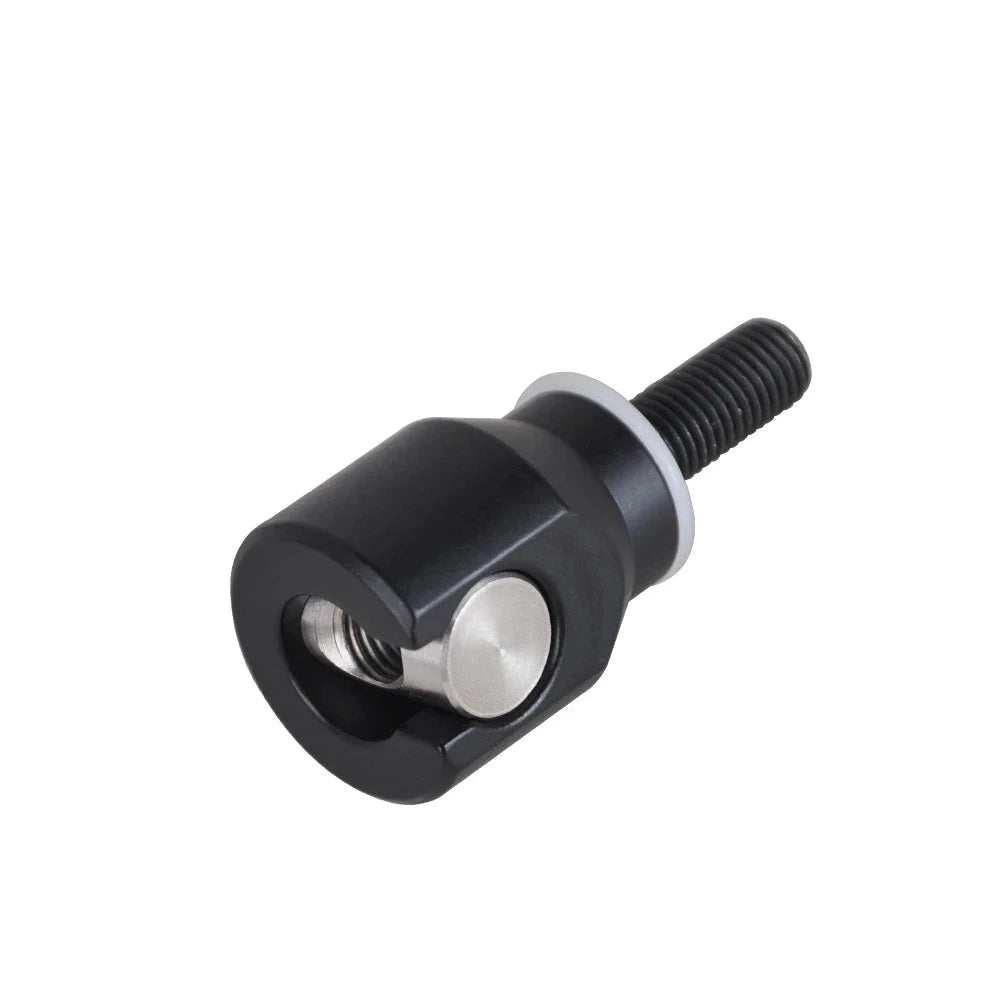Maximize Your Archery Precision With These Bow Stabilizer Strategies
In the world of archery, accomplishing optimum precision is a quest that requires precise attention to detail and method. One critical component that can considerably impact your efficiency is the appropriate application of bow stabilizers. These often-overlooked devices hold the potential to raise your capturing effectiveness to brand-new elevations, however only if employed correctly. By exploring the nuanced strategies of picking, installing, and tweak bow stabilizers, archers can unlock a world of accuracy that may have formerly eluded them. Whether you are an experienced archer seeking to fine-tune your abilities or a newcomer excited to improve your precision, mastering these bow stabilizer methods can be the secret to hitting your mark with unmatched uniformity.
Advantages of Utilizing Bow Stabilizers
Using bow stabilizers can significantly enhance an archer's accuracy and general efficiency by reducing bow torque and vibration. Additionally, bow stabilizers dampen vibration, which not just enhances the convenience of capturing yet likewise prevents the bow from leaping upon launch, thus helping in preserving appropriate purpose.
Additionally, bow stabilizers can assist in holding the bow stable, especially during gusty problems or when shooting from longer ranges. The included weight at the front of the bow gives stability and equilibrium, permitting the archer to focus on aiming without the disturbance of bow movement. Overall, the advantages of making use of bow stabilizers extend beyond just accuracy, boosting the archer's experience and efficiency in various shooting situations.
Picking the Right Bow Stabilizer
Picking the proper bow stabilizer is important for enhancing your archery equipment and enhancing shooting performance. Heavier stabilizers can assist reduce bow torque and absorb even more vibration, leading to a steadier objective.

Finally, think about the style of the stabilizer. Some stabilizers include adjustable weights or dampeners that allow you to tailor the equilibrium and feel of your bow. Ultimately, choosing the appropriate bow stabilizer involves discovering a balance between weight, length, product, and style to boost your shooting precision and total performance.
Appropriate Installation Methods
To guarantee optimum performance and safety and security in archery, grasping proper setup techniques for your bow stabilizer is important. The initial step in setting up a bow stabilizer is to determine the correct positioning on your bow. Many stabilizers are affixed to the front of the riser, below the grip, to aid counterbalance the weight of accessories such as sights and quivers. Ensure that the stabilizer is not interfering with various other elements or impeding your shooting form.
Next, securely attach the stabilizer to the bow making use of the appropriate mounting hardware. Some stabilizers come with adjustable weights that can be included or gotten rid of to fine-tune the equilibrium of your bow.

Adjusting Stabilizer Weight and Length
After ensuring the proper setup of your bow stabilizer, the following action involves adjusting the weight and size to optimize its efficiency in enhancing archery accuracy. The weight of the stabilizer plays an important function in decreasing bow motion throughout the shot cycle.
A longer stabilizer can give higher security by boosting the range my company in between the bow and the weight at the end of the stabilizer. On the other hand, a much shorter stabilizer provides a lot more maneuverability and may be favored by archers who value dexterity and quick motions during shooting.
Advanced Stabilizer Tuning Tips
Attaining optimal bow security and accuracy in archery demands a nuanced technique to advanced stabilizer adjusting. Advanced stabilizer adjusting involves fine-tuning various parts to enhance the bow's balance, lower vibration, and boost general precision. One key technique is to experiment with various stabilizer setups, including side-bar and back-bar arrangements, to find the optimal balance in between stability and ability to Source move for your capturing design. bow stabilizer. Additionally, adjusting the angle and positioning of the stabilizer can have a considerable impact on exactly how the bow reacts upon release.
One more important element of innovative stabilizer tuning is maximizing the damping residential properties of the stabilizer system. Exploring different products for the stabilizer construction, such as carbon fiber or aluminum, can additionally affect the official site bow's efficiency by altering its weight circulation and stiffness.
Verdict
In verdict, optimizing archery precision can be achieved through the proper choice, installment, and modification of bow stabilizers. Generally, including bow stabilizers into archery method can lead to improved efficiency and boosted accuracy.
Making use of bow stabilizers can dramatically improve an archer's precision and overall performance by minimizing bow torque and vibration. Longer stabilizers supply better security and balance, particularly for long-distance capturing, while shorter stabilizers use more versatility and are easier to maneuver in limited rooms (bow stabilizer). Carbon fiber stabilizers are lightweight and sturdy, while aluminum stabilizers are durable and give exceptional resonance dampening
A longer stabilizer can offer higher stability by increasing the range in between the bow and the weight at the end of the stabilizer.One more critical element of advanced stabilizer tuning is optimizing the damping residential properties of the stabilizer system.